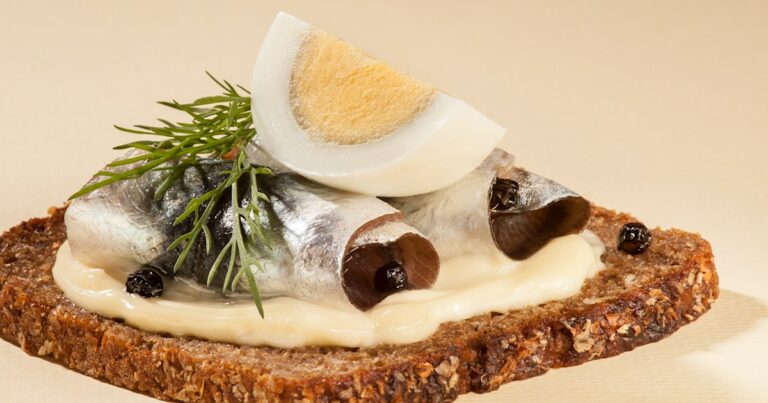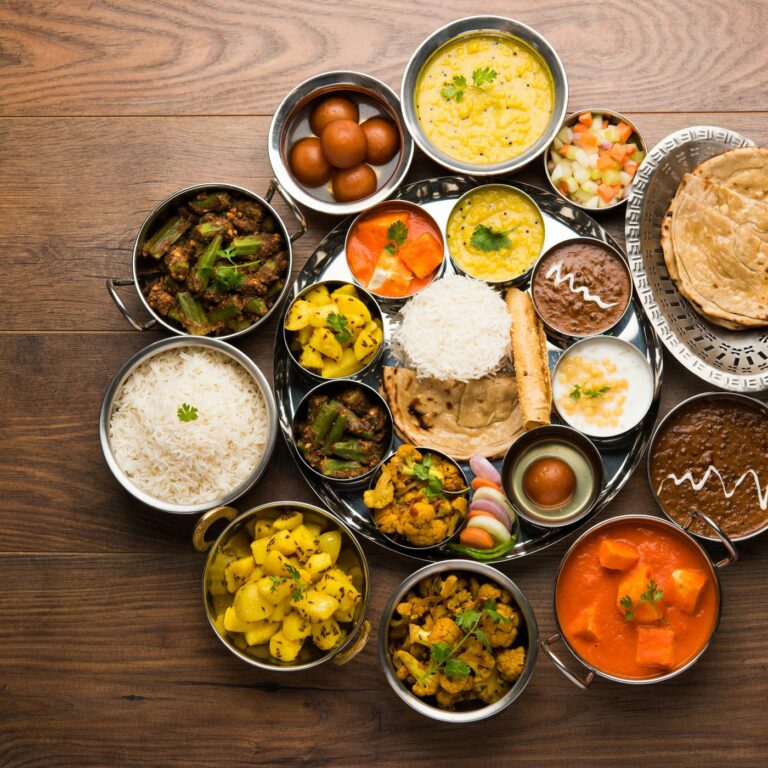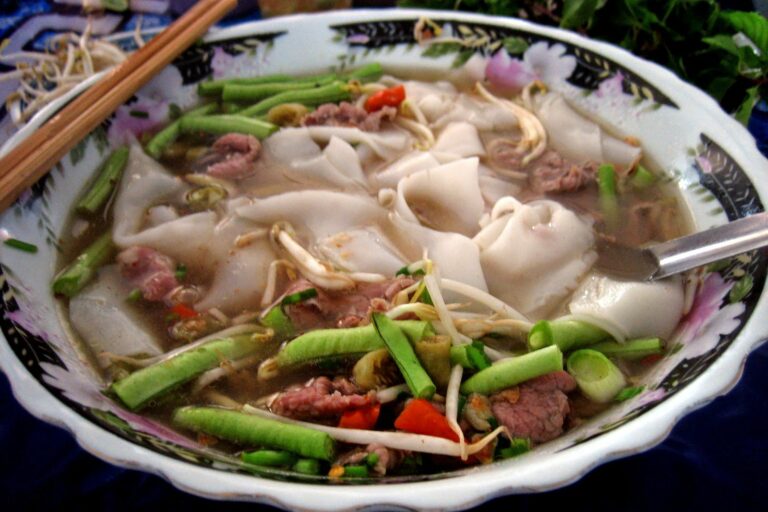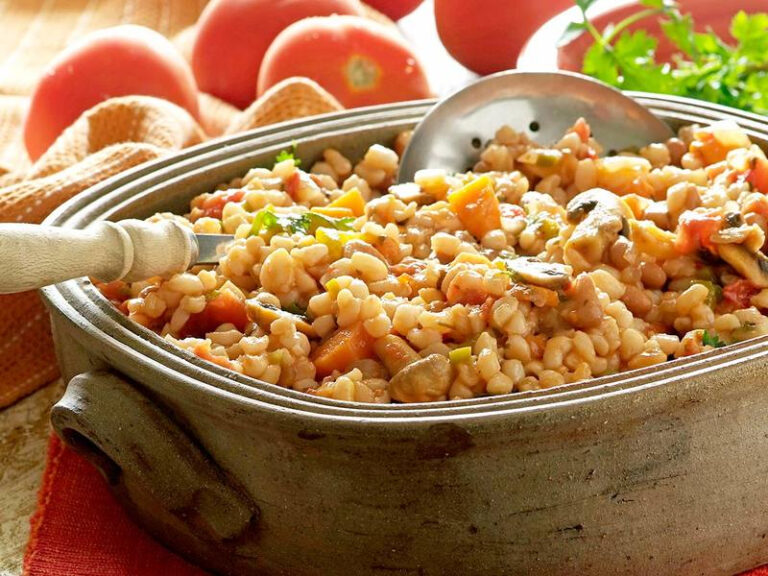Introduction: Estonian cuisine and forest berries
Estonian cuisine is known for its simplicity and use of fresh, seasonal ingredients. One of the most popular ingredients in Estonian cooking is forest berries, such as lingonberries and bilberries. These berries are abundant in the forests of Estonia and have been used in traditional Estonian cuisine for centuries. They are not only delicious but also have numerous health benefits.
Forest berries are an important part of Estonian culture and history. They are often used in traditional dishes and desserts, and are also used in modern Estonian cuisine. The use of forest berries in Estonian cooking showcases the importance of locally sourced and seasonal ingredients in the country’s culinary traditions.
Lingonberries: a staple in Estonian dishes
Lingonberries are a staple in Estonian cuisine and are used in a variety of dishes. They are sour and tart, and are often used to balance out the sweetness in desserts and pastries. Lingonberry jam is a common condiment in Estonia and is often served with meat dishes, such as meatballs or roasted pork. Lingonberries are also used in salads and as a topping for pancakes and waffles.
Lingonberries are known for their high levels of vitamin C and antioxidants, making them a healthy addition to any meal. They are also low in calories and have anti-inflammatory properties. Lingonberries can be found fresh in the forests of Estonia during the summer months, and are also available frozen and in jam form year-round.
Bilberries: a versatile ingredient in Estonian cooking
Bilberries are another popular forest berry in Estonian cuisine. They are similar to blueberries but have a slightly smaller size and a darker color. Bilberries are used in a variety of dishes, including pies, jams, and sauces. They are also used in savory dishes, such as stews and soups, to add a tart and slightly sweet flavor.
Bilberries are rich in antioxidants and have been shown to improve heart health and cognitive function. They are also a good source of vitamin C and fiber. Bilberries can be found fresh in the forests of Estonia during the summer months, and are also available frozen and in jam form year-round.
Traditional Estonian berry desserts and pastries
Berries are a key ingredient in traditional Estonian desserts and pastries. One popular dessert is kama, which is a mixture of roasted barley, rye, and wheat flour, served with sweetened lingonberries or bilberries. Another popular dessert is kohupiimakook, which is a cheesecake-like pastry made with quark (a type of fresh cheese), and topped with berries.
Other popular berry desserts include jõhvikamahl (cranberry juice), rõõskkoorekook (sour cream cake), and mustikakook (blueberry cake). These desserts are often served during celebrations and holidays, such as Midsummer’s Eve and Christmas.
Savory Estonian dishes with forest berries as a key ingredient
Forest berries are not only used in desserts and pastries but also in savory dishes. One popular dish is põltsamaa hernetort (split pea and lingonberry pie). This savory pie is made with a split pea filling and topped with lingonberries. Another popular dish is metsloomaliha hautis (stewed game meat), which is often served with a bilberry sauce.
Forest berries are also used in salads and side dishes. Lingonberries are often added to cabbage dishes, and bilberries are used in potato salads. The tartness of the berries adds a unique flavor to these dishes, and they are often paired with hearty meats such as pork and game.
Health benefits of consuming forest berries in Estonian cuisine
Forest berries are packed with health benefits. They are rich in antioxidants, which can help protect the body from free radicals and reduce inflammation. They are also a good source of vitamins C and K, as well as fiber and other nutrients.
Studies have shown that lingonberries and bilberries can help improve heart health, cognitive function, and immune function. They may also have anti-cancer properties and help regulate blood sugar levels.
Conservation efforts for forest berries in Estonia
The forests of Estonia are home to many different types of berries, including lingonberries and bilberries. These berries are an important part of the local ecosystem and are also a valuable resource for Estonian cuisine.
Conservation efforts are being made to protect the forests and ensure that the berries are harvested sustainably. This includes educating the public on responsible harvesting practices and implementing regulations to prevent over-harvesting.
Conclusion: Forest berries in Estonian cuisine and beyond
Forest berries, such as lingonberries and bilberries, are an important part of Estonian cuisine and culture. They are used in a variety of dishes, from savory stews to sweet pastries, and are packed with health benefits. As conservation efforts continue to protect the forests of Estonia and promote sustainable harvesting practices, these delicious and nutritious berries will continue to play a vital role in both Estonian cuisine and beyond.










